Kids have always been the world’s most curious creatures. Just think about it: Who asks the most “Why?” questions in your household? 🤫🤫🤫🤫 If you have children or work with them, you know the answer is a resounding, “Kids!” Their boundless curiosity is a powerful force, driving them to explore, learn, and understand the world around them. And one of the best ways to channel this curiosity is through science!💖💖💖
Freebies below: Best Science Worksheets
You may also like: Free Worksheet Library
You may also like: Dreamland – Motivational E-book for kids – NEW! EBooks
At our house, we have a tiny little microscope that has become a beloved tool for the kids I tutor. They absolutely love watching everyday objects transform into something extraordinary under the lens. The delight in their eyes as they discover the intricate details of a leaf or the surprising patterns in a grain of salt is priceless. These moments of discovery are more than just fun—they’re crucial for their development.
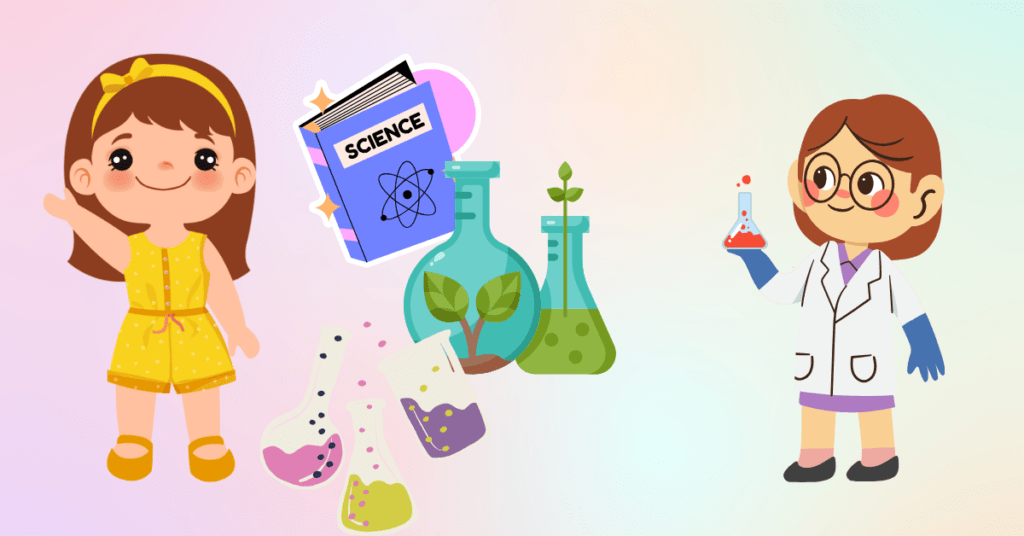
Curiosity is the cornerstone of learning. When children are curious, they’re motivated to seek out new information, ask questions, and solve problems. It’s a natural drive that leads to a deeper understanding of the world. Encouraging this innate curiosity, especially in scientific exploration, sets the foundation for a lifetime of learning.
But how do we keep that curiosity alive and thriving? One way is through playful, hands-on learning experiences. Our free worksheets are designed to tickle your kids’ curiosity and turn everyday moments into exciting learning adventures. Let’s dive into why nurturing curiosity is so important and how we can make science fun and engaging for kids.
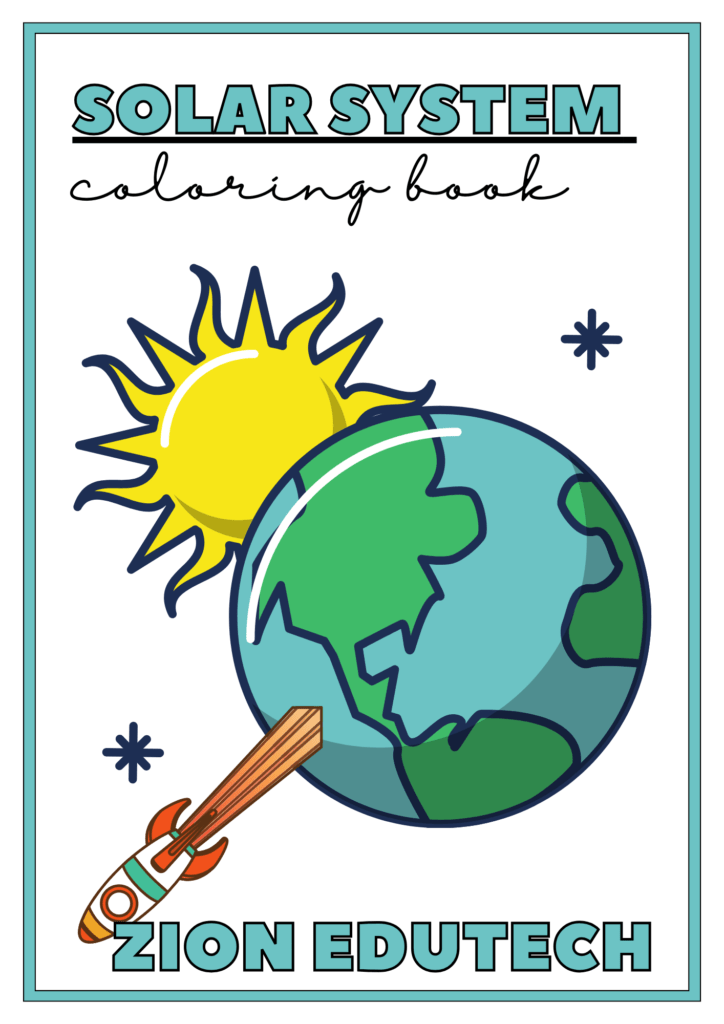
Download Solar System Coloring Book [Best Science Worksheets]
The Importance of Curiosity in Children
1. Curiosity Drives Learning
Children are natural explorers. From the moment they can crawl, they’re on a mission to discover their environment. This drive to explore is rooted in curiosity. It’s what pushes them to touch, taste, and question everything they encounter. When we encourage their curiosity, we’re supporting their natural desire to learn and grow.
Imagine a child looking at a butterfly. Their mind is brimming with questions: “Why does it have so many colors? How can it fly? Where does it go when it rains?” 😕😕😕 Each question is a stepping stone to learning. By encouraging these questions, we help them develop critical thinking skills and a love for learning.
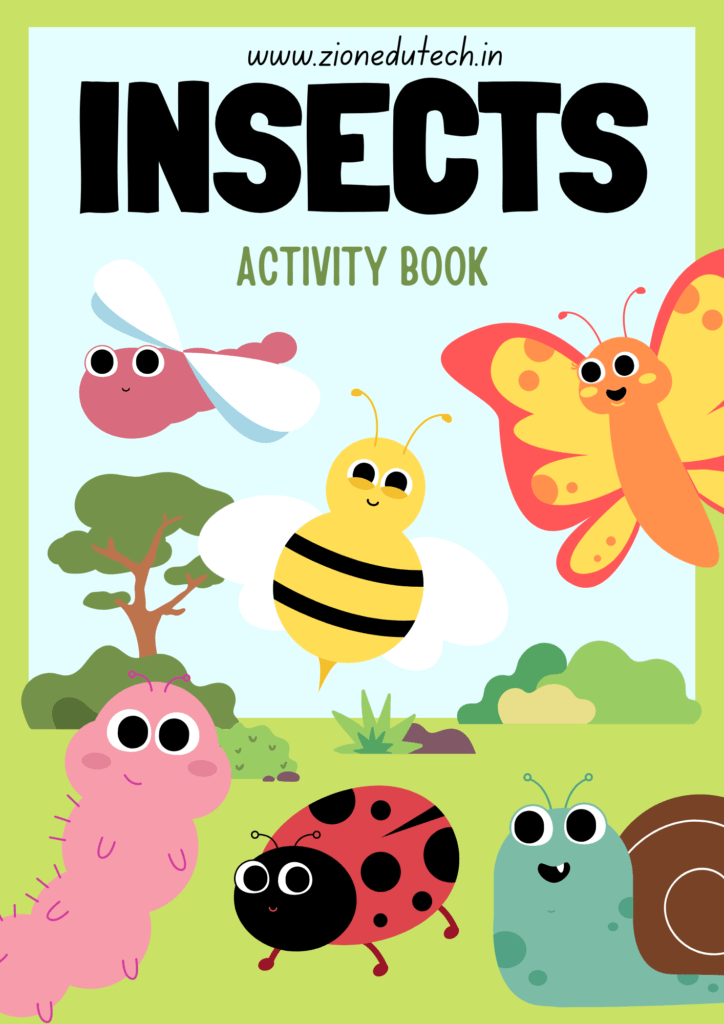
Download Insects Activity Book [Best Science Worksheets]
2. Curiosity Encourages Creativity
Curiosity and creativity go hand in hand. When children are curious, they’re more likely to think outside the box and come up with innovative solutions. They’re not afraid to experiment, make mistakes, and try again. This creative problem-solving is essential not just in science, but in all areas of life.
Consider a child who’s fascinated by how things work. They might take apart a toy to see what’s inside, mix different colors of paint to see what happens, or build a new contraption out of Lego bricks. These activities aren’t just play—they’re exercises in creativity and innovation.
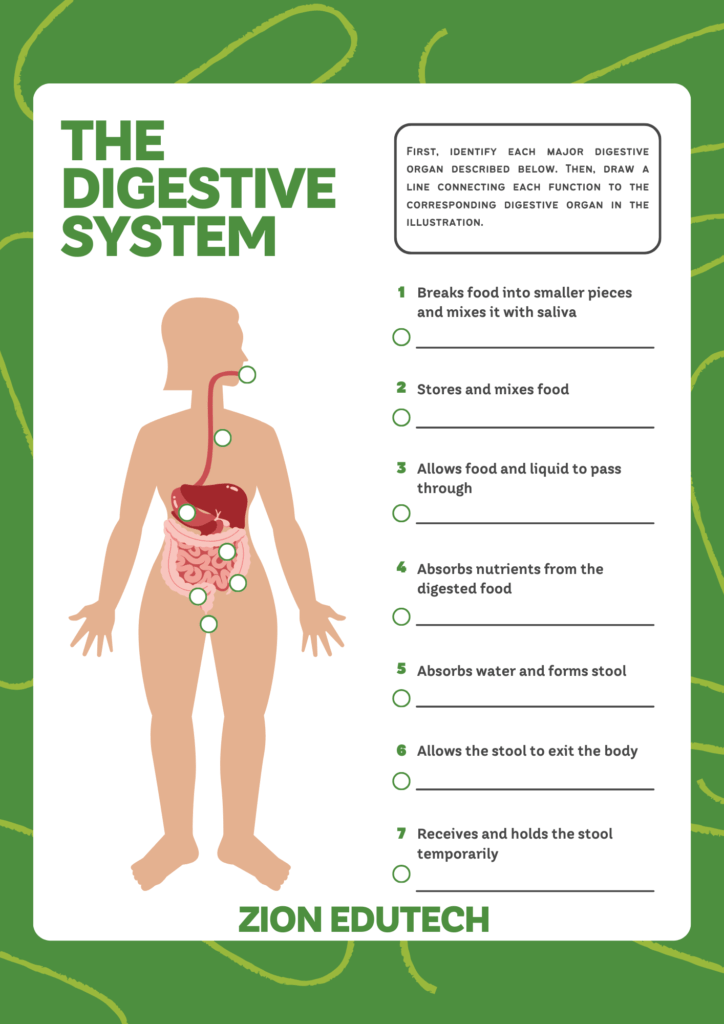
Download The Digestive System Worksheet [Best Science Worksheets]
3. Curiosity Builds Resilience
When children pursue their curiosity, they often encounter challenges and setbacks. Maybe their experiment doesn’t work the first time, or their question doesn’t have an easy answer. But by persevering and continuing to explore, they learn resilience. They understand that failure is a part of the learning process and that persistence pays off.
For example, a child using a microscope for the first time might struggle to get a clear image. But with encouragement and practice, they’ll learn how to adjust the focus and position objects correctly. This process teaches them that persistence and patience are key to overcoming challenges.
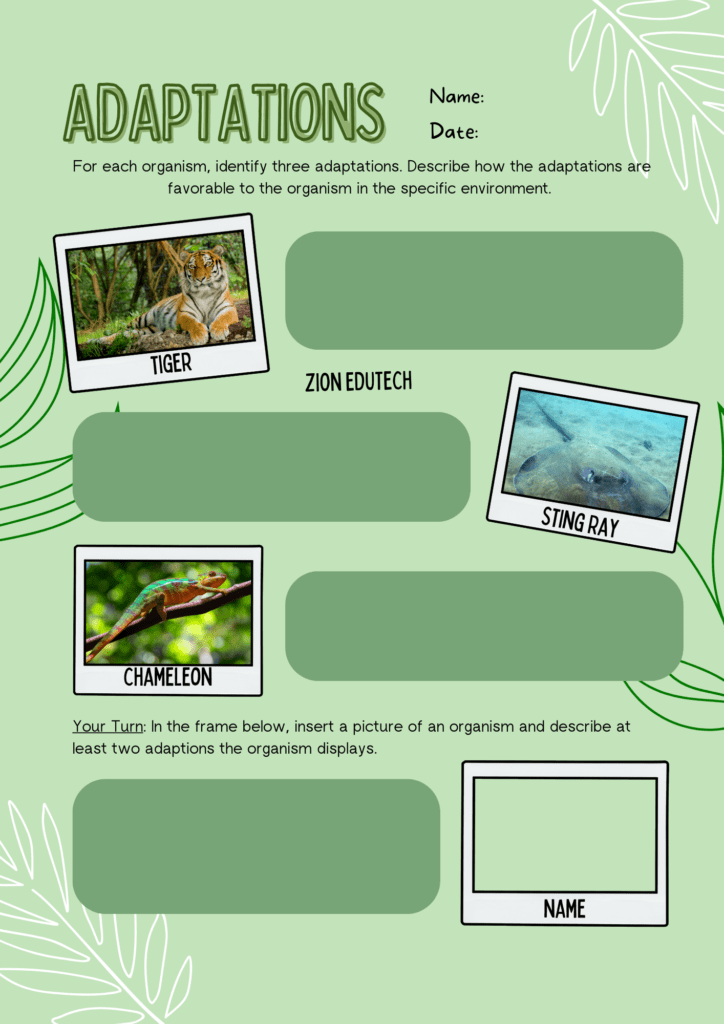
Download Adaptations Worksheet [Best Science Worksheets]
4. Curiosity Enhances Communication Skills
When kids are curious, they ask questions. Lots of them. This constant questioning is an excellent way for them to develop their communication skills. They learn how to articulate their thoughts, ask for information, and explain their discoveries. These skills are invaluable, both in school and in life.
Let’s say a child is curious about stars. They might ask, “Why do stars twinkle?” As they search for answers, they’ll read books, watch videos, and perhaps even discuss their findings with friends and family. This process not only satisfies their curiosity but also helps them learn to communicate effectively.
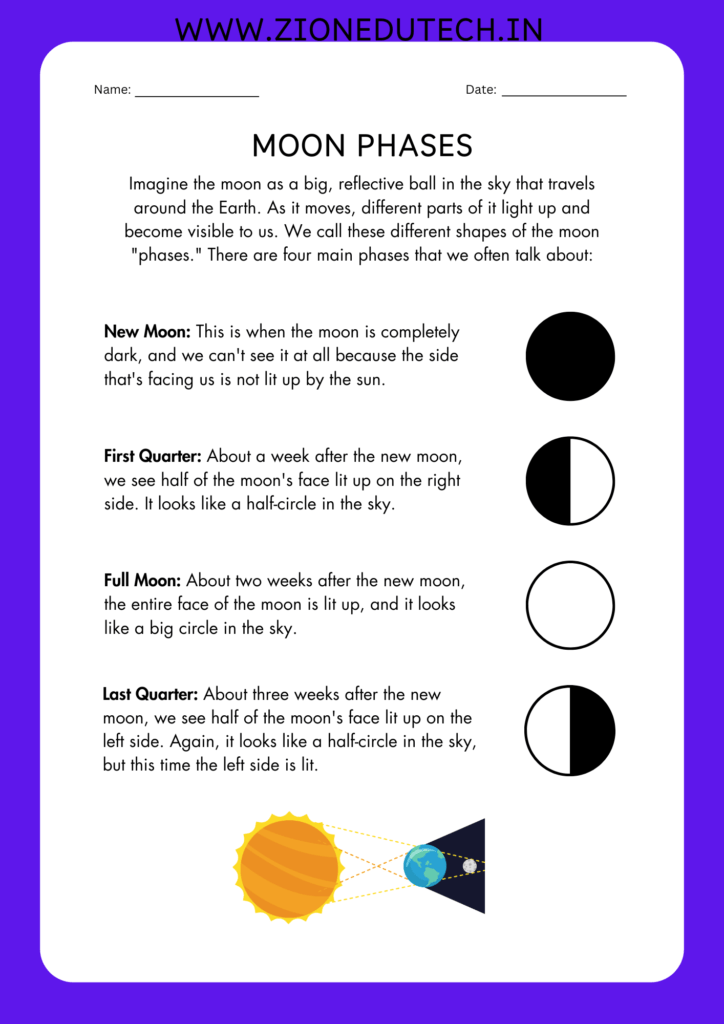
Download Moon Phases Worksheet [Best Science Worksheets]
Making Science Fun and Engaging
So, how can we keep that flame of curiosity burning bright? Here are some fun and playful ways to make science exciting for kids:
1. Hands-On Experiments
Kids learn best by doing. Hands-on experiments are a fantastic way to engage their curiosity and make science tangible. With a simple microscope, kids can explore a whole new world. Encourage them to collect different samples—like leaves, hair, or fabric—and observe the fascinating details up close.
Activity Idea: Create a “Microscope Treasure Hunt.” Give kids a list of items to find and examine under the microscope. It could include things like a feather, a strand of hair, a piece of onion skin, and a grain of sugar. As they explore, they’ll be amazed at the microscopic details they discover.
2. Interactive Worksheets
Worksheets don’t have to be boring! Our free worksheets are designed to be interactive and fun. They include puzzles, coloring activities, and simple experiments that kids can do at home. These worksheets not only reinforce scientific concepts but also encourage kids to ask questions and think critically.
Activity Idea: Try a “Science Detective” worksheet. Give kids a series of clues related to a scientific concept or object (like the life cycle of a butterfly or the parts of a plant). They’ll use the clues to solve the mystery, all while learning important scientific facts.
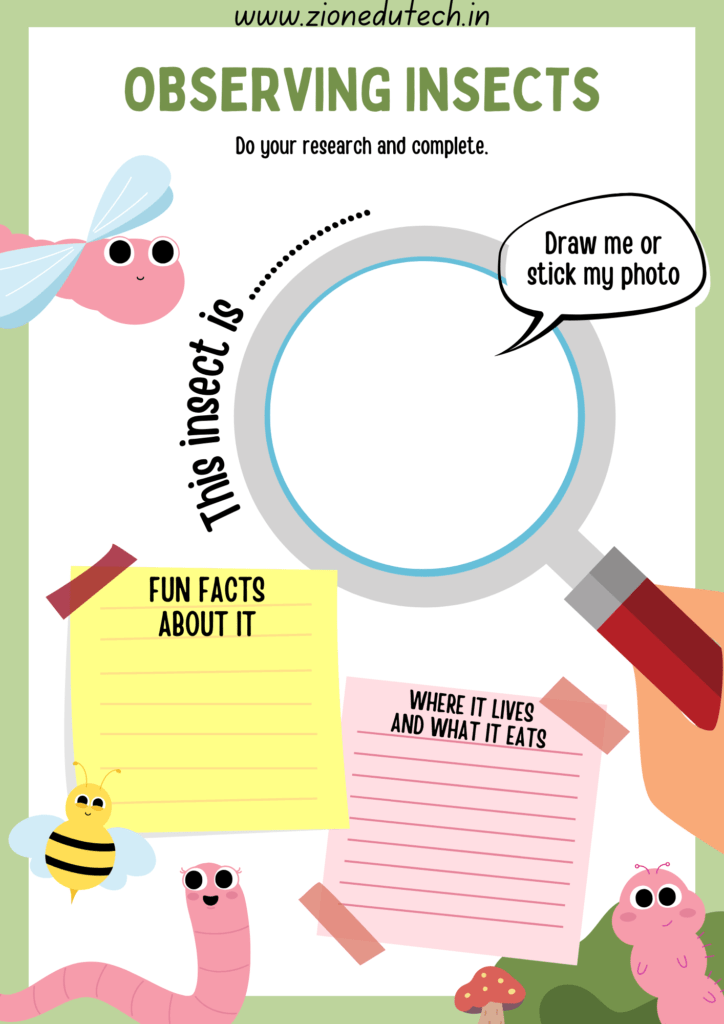
Science Detective Worksheet [Best Science Worksheets]
3. Outdoor Exploration
Nature is the best classroom. Take kids outside for a nature walk and encourage them to observe the world around them. Ask them to collect interesting items like rocks, leaves, or flowers, and bring them back to study under the microscope. This not only teaches them about biology but also helps them appreciate the beauty of nature.
Activity Idea: Plan a “Nature Scavenger Hunt.” Create a list of natural items for kids to find, such as a smooth rock, a leaf with veins, a flower, and a piece of bark. Once they’ve collected the items, examine them closely and discuss their findings.
4. Storytelling and Imagination
Use storytelling to spark curiosity and imagination. Read books about famous scientists, amazing discoveries, and exciting experiments. After reading, encourage kids to come up with their own stories or ideas for experiments. This not only makes science fun but also shows them that anyone can be a scientist.
Activity Idea: Host a “Science Storytime.” Read a book about a famous scientist, like Marie Curie or Albert Einstein. Then, have kids imagine they’re scientists and create their own experiments or inventions. They can draw pictures, write stories, or even act out their ideas.
5. Simple DIY Projects
Science doesn’t always require expensive equipment. Many fascinating experiments can be done with household items. Making a volcano with baking soda and vinegar, creating slime, or building a simple circuit with a battery and a light bulb are all great ways to explore scientific principles.
Activity Idea: Set up a “Kitchen Science Lab.” Use common kitchen ingredients to perform fun experiments. For example, make a lava lamp with oil, water, food coloring, and an Alka-Seltzer tablet. Kids will be captivated by the bubbling, colorful display and eager to learn the science behind it.
6. Field Trips and Virtual Tours
Visiting science museums, planetariums, or even virtual tours of scientific sites can ignite kids’ curiosity. These experiences provide a hands-on learning environment and expose kids to new and exciting scientific concepts.
Activity Idea: Plan a “Virtual Field Trip.” Many museums and scientific organizations offer virtual tours and online exhibits. Explore a virtual tour of a space observatory, a deep-sea expedition, or a dinosaur exhibit. Follow up with activities and discussions based on what they learned.
Encouraging Lifelong Curiosity
As parents, teachers, and mentors, our role is to nurture and encourage this natural curiosity. Here are some tips for fostering a lifelong love of learning in children:
1. Be a Role Model
Children learn by example. Show them that you’re curious too. Ask questions, explore new topics, and share your discoveries with them. When they see you engaged in learning, they’ll be inspired to do the same.
2. Celebrate Questions
Never dismiss a child’s question as unimportant. Even if you don’t know the answer, explore it together. Celebrate their curiosity and encourage them to keep asking questions. This positive reinforcement will make them feel valued and eager to learn more.
3. Provide Resources
Make sure kids have access to books, educational toys, and other resources that support their interests. Whether it’s a library card, a set of building blocks, or a subscription to a science magazine, these resources can open up new worlds for them to explore.
4. Create a Learning Environment
Create a space at home that encourages exploration and learning. A corner with books, art supplies, science kits, and other educational materials can be a haven for curious minds. Encourage kids to spend time there and make it a part of their daily routine.
5. Encourage Exploration
Let kids explore their interests, even if they seem unusual. Whether they’re fascinated by bugs, space, or how machines work, encourage them to dive deep into their passions. This not only fosters a love of learning but also helps them develop a sense of identity and purpose.
6. Be Patient
Learning is a process, and it’s important to be patient. Encourage kids to take their time, ask questions, and explore at their own pace. Celebrate their successes and be supportive during their struggles.
Conclusion
Curiosity is the key to lifelong learning. By nurturing and encouraging this natural drive, we can help children develop into confident, creative, and resilient learners. Science, with its endless possibilities for exploration and discovery